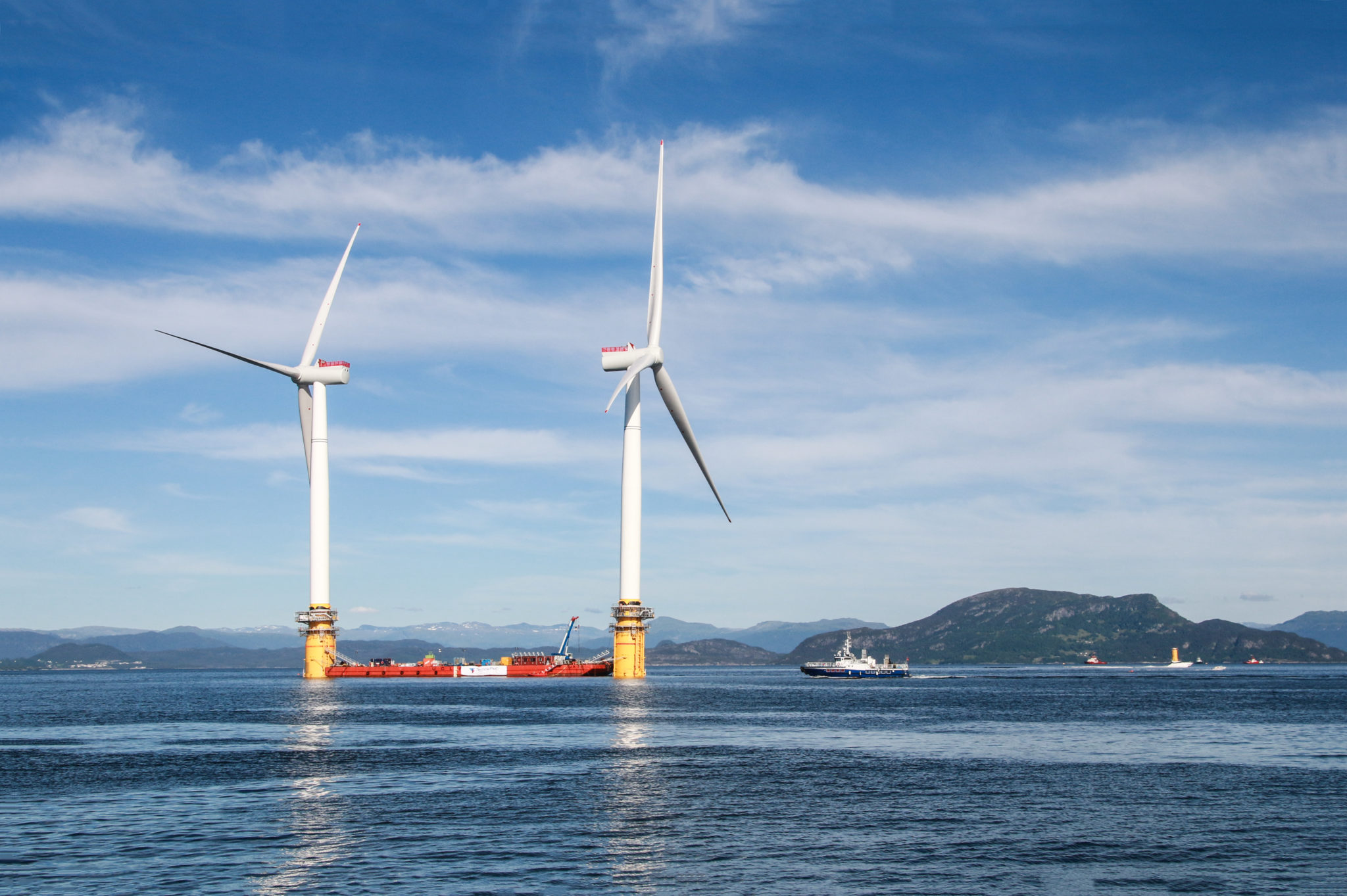End of life windfarms: not quite yet
Published on 23rd August 2019
Typically, planning permissions for windfarms are consented subject to a limited lifetime, usually to 25 years from first generation of energy. The limitation is imposed by a planning condition requiring that at the end of the term they are decommissioned.

Whilst it is possible to extend that period, an application to extend the life of a wind farm will be treated as a new development unless it is considered to be "repowering".
The meaning of this term was considered in a recent planning appeal. While the decision is not legally binding and might be challenged further in the Courts, the Planning Inspector's finding that "repowering" includes an extension of life represents a significant widening of the interpretation of the term.
This is good news for wind farm operators (provided it is not overruled by the Courts), as it should mean that extensions to the life of wind farms can be secured by fairly straightforward Section 73 planning applications.
Reminder: what does the National Planning Policy Framework say?Footnote 49 to paragraph 154 (renewable development) states: "Except for applications for the repowering of existing wind turbines, a proposed wind energy development involving one or more turbines should not be considered acceptable unless it is in an area identified as suitable for wind energy development in the development plan; and, following consultation, it can be demonstrated that the planning impacts identified by the affected local community have been fully addressed and the proposal has their backing." |
What was the dispute about?
The appellant, Zephyr Investments Limited, owns the 12 turbine Kirkby Moor Wind Farm which benefited from planning permission granted in 1992 with a condition requiring removal of the turbines within 25 years of them first becoming operational (which occurred in 1993).
Zephyr made an application to South Lakeland District Council (under Section 73 Town and Country Planning Act 1990) to change that condition to provide a new cessation date to March 2027, and an end date for decommissioning in March 2028.
There was very substantial opposition to the application from the local community and there were no areas for wind farm development identified in the Council’s development plan. Therefore, as the development was not considered to be “repowering”, it was not compliant with Footnote 49 and the Council refused the application on the basis that the benefits of the wind farm did not outweigh the adverse effects on the landscape and local economy.
At appeal, the Inspector noted that the term "repowering" is not defined in NPPF, and as such, he had to consider the meaning of this in light of the evidence presented and submissions made.
The Council argued that it was not a 'repowering' application but a proposal for a new wind farm on site, on the basis that the Collins English Dictionary definition of 'repower' is "to rebuild or replace the power source or engine of a vehicle, power plant etc". Should Zephyr have applied to replace the turbines with larger structures, or modified them in some other way, this would have constituted repowering. However, an application made to continue the life of an already existing wind farm, without additional physical measures would not.
The Inspector however found Zephyr's arguments persuasive and interpreted repowering to mean an umbrella term covering replacement, replanting and extension of life, with no obligation to physically replace or enlarge existing turbines. The fact that 'repower' was used in this way within the wind industry was a contributing factor to the Inspector's decision.
The Inspector also noted that the Council did not intend to identify any suitable areas for renewable or low carbon energy for at least five years within its boundaries. This effectively barred any wind farm developer from being able to comply with the first limb of Footnote 49, which, in the opinion of the Inspector, was not the intention of the Footnote.
The appeal was allowed and permission granted to vary the temporary time condition contained in the original planning permission.
Comment
The Inspector stressed that this interpretation of Footnote 49 does not reduce the weight to be given to development plan policies. However, it is interesting to note that these may be disregarded in circumstances where it is evident that the LPA's reticence or refusal to designate suitable areas prevents a wind farm developer's compliance with the Footnote.
This appears to be a widening of the scope of the term "repowering" and, although dependent on the facts of the case, represents an increase in the likelihood that similar Section 73 applications should be considered favourably by planning authorities.



